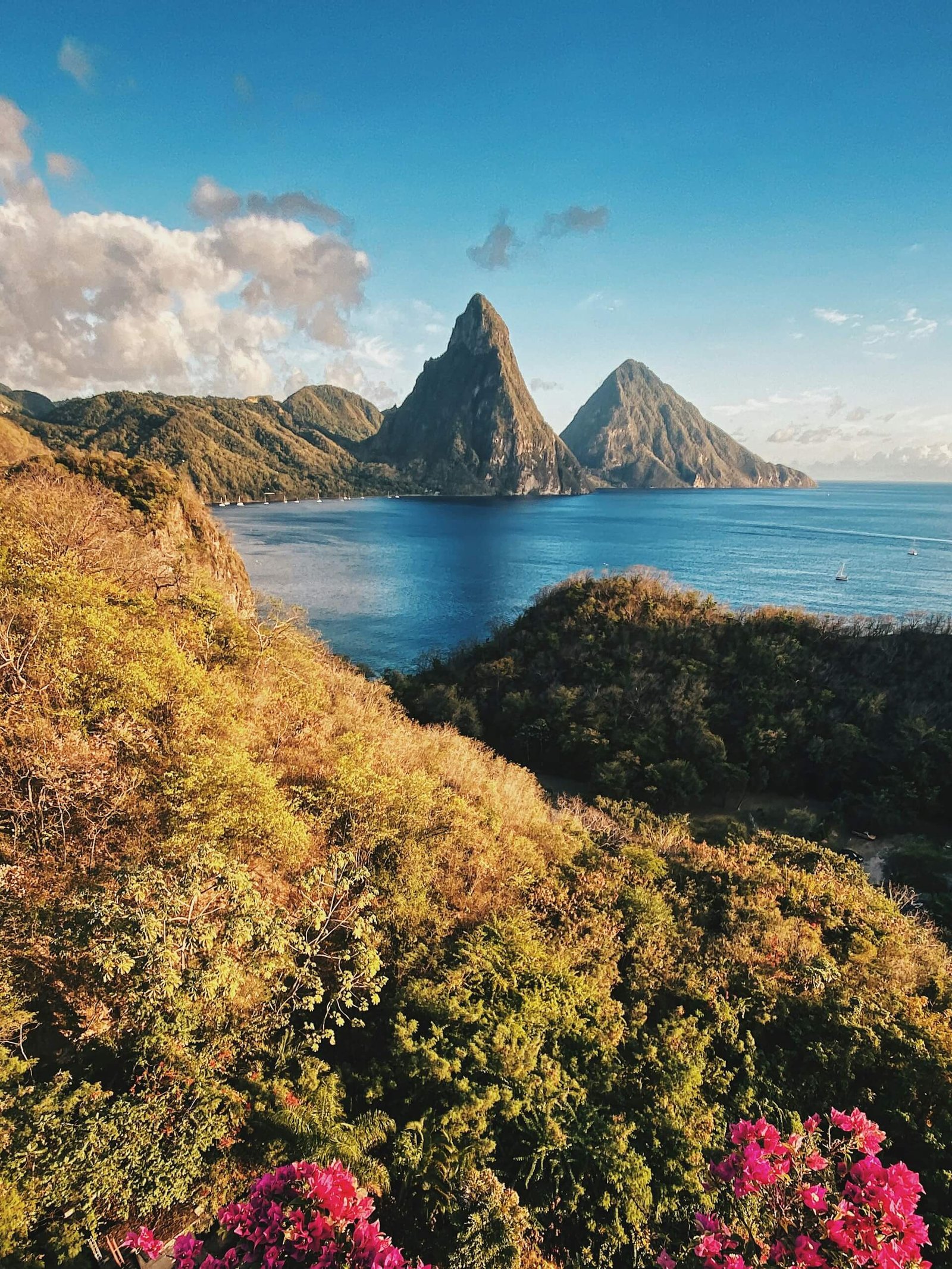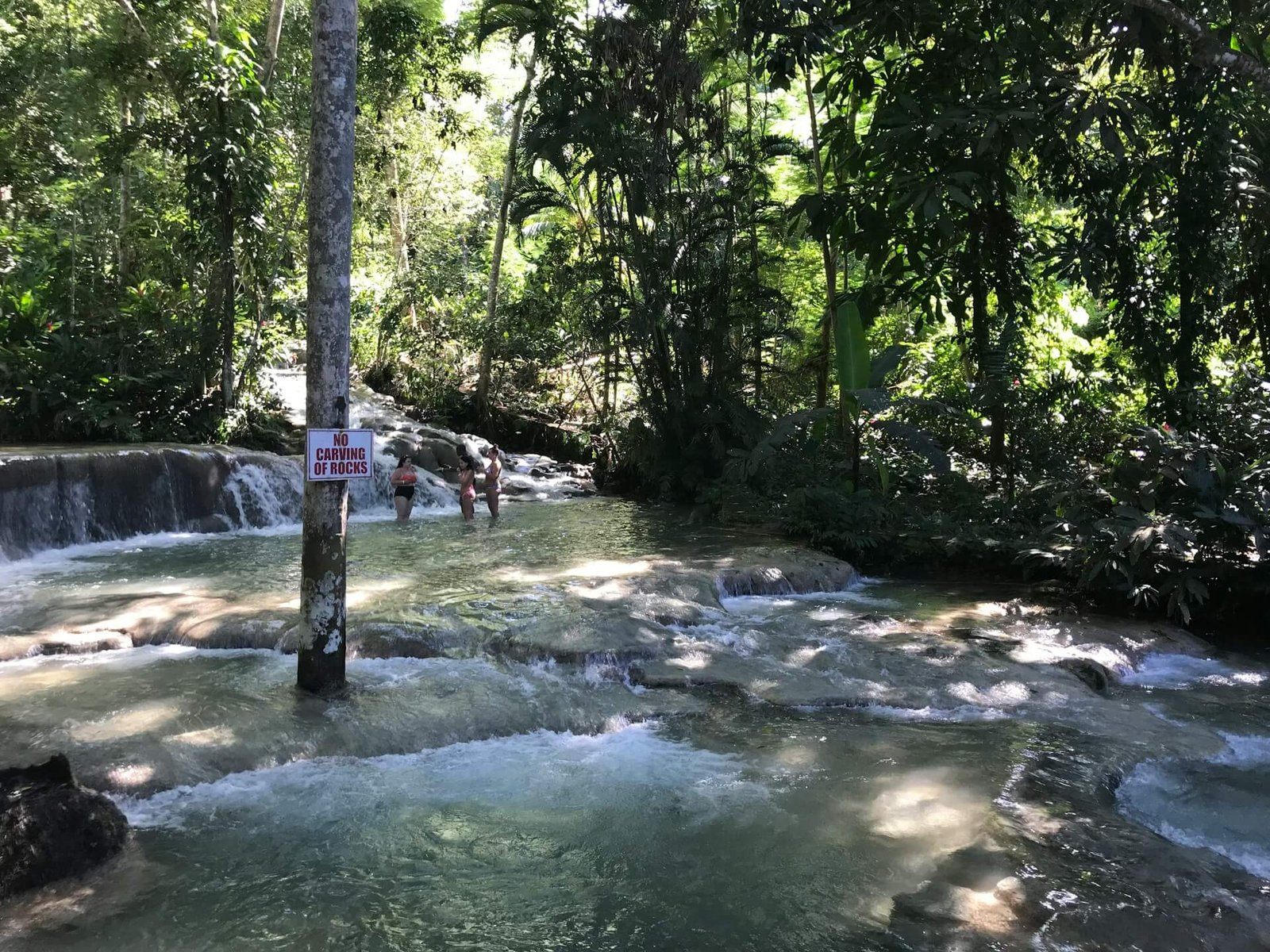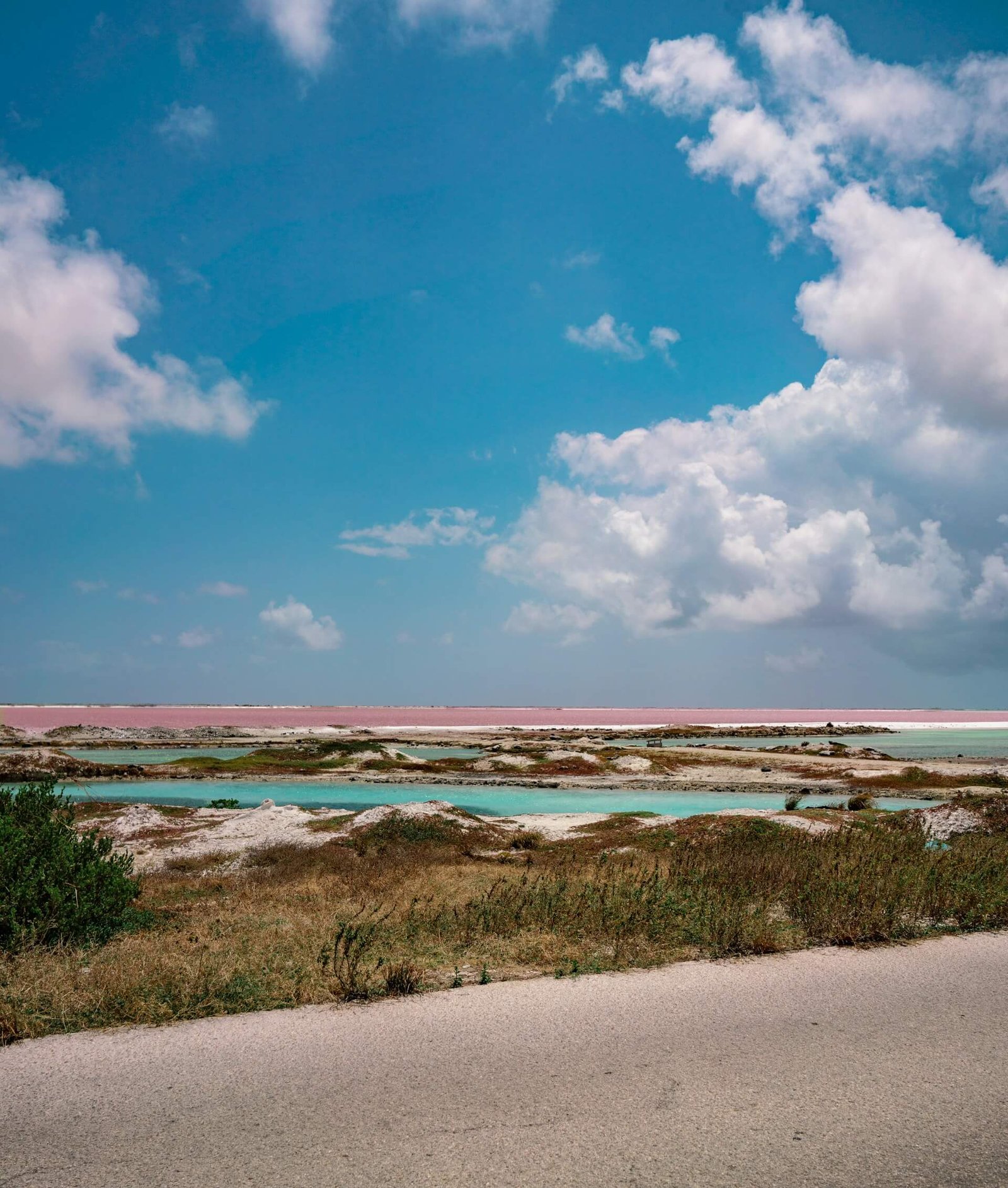The Natural Wonders of the Caribbean
The Caribbean is known for its crystal-clear waters and white sandy beaches, but it also has some incredible natural attractions that most tourists skip over entirely.
These islands are home to volcanic peaks, hidden caves, and rainforest trails, each shaped by unique geology and ecosystems. Every island has something special to discover.
If you’re seeking more than just sun and sand, keep reading to discover some of the natural wonders of the Caribbean.
Why more people are looking into the Caribbean
Although most tourists flock to the Caribbean for a short holiday, many end up falling head over heels for the region and considering a more permanent move.
Just imagine hiking St. Lucia’s Pitons, diving in Belize’s Blue Hole, or exploring Dominica’s boiling lake as part of your daily life!
Besides its beauty, the Caribbean offers plenty of practical benefits. Several islands have good tax policies, strong economies, and clear paths to residency or citizenship, making them attractive for foreign buyers.
Families appreciate the safe communities and international schools. Retirees are attracted to the slow pace of life surrounded by nature, and entrepreneurs find opportunities in niches such as eco-tourism or real estate.
If you’re one of those people who is considering moving to the Caribbean, you might want to conduct a Caribbean Citizenship by Investment comparison to help narrow down which island is the best fir for you. It’s also important to consider which island’s natural setting best suits your lifestyle.
Dominica’s rainforests, Grenada’s crater lakes, or Antigua’s coral reefs each offer a different environment for daily living.
Top 4 Natural Wonders of the Caribbean
The Caribbean isn’t just about sun, sea, and sand. It’s also home to some of the world’s most amazing natural places. If you want to see the beautiful side of this tropical area, here are four places you must visit.
The volcanic wonders of Montserrat and St. Lucia
Powerful volcanic forces shape the Caribbean’s landscapes, with two of the most remarkable examples found in Montserrat and St. Lucia.
Montserrat is home to the Soufrière Hills Volcano, one of the most active in the region. After being dormant for centuries, it erupted in 1995, dramatically changing the island’s southern half. The eruption buried the capital, Plymouth, under ash and lava, earning it the nickname ‘Pompeii of the Caribbean.’
The volcano remains active to this day, and large parts of the island are restricted as an exclusion zone for safety. However, you can still observe the striking landscapes from designated viewing areas or the Montserrat Volcano Observatory, where you can learn more about the volcano’s power.

In contrast, St. Lucia’s Pitons offer a quieter (but equally impressive) example of volcanic beauty. The twin peaks of Gros Piton and Petit Piton rise steeply from the sea and are recognized as a UNESCO World Heritage Site.
You can enjoy guided hikes up Gros Piton for stunning views or explore the waters around the peaks, perfect for snorkelling and diving.
The waterfalls and rainforests of Jamaica and Puerto Rico
The Caribbean has many beautiful rainforests and waterfalls which show the wild side of the region and offer both adventure and rich natural life.
Dunn’s River Falls in Jamaica and El Yunque National Forest in Puerto Rico are two great examples of this.
Dunn’s River Falls is in Ocho Rios, Jamaica. It is a 180-foot waterfall that flows over natural limestone steps, which create many pools where visitors can cool off. You can take guided tours to climb the falls holding hands, which is definitely worth doing if you’re there!

If you’re not much of an adventure tourist, there are viewing platforms where you can admire the falls from afar and get some great photos. These falls are notable because they flow into the Caribbean Sea, bringing two natural wonders together.
El Yunque National Forest is on the eastern side of Puerto Rico. It spans almost 29,000 acres and is the only tropical rainforest in the U.S. National Forest System. Some hiking trails go through thick rainforest, leading to waterfalls like La Mina and Juan Diego Falls.
The forest has over 200 types of plants, tropical birds, as well as the famous coquí frog. It offers beautiful views and a real rainforest experience that is hard to find in other parts of the United States.
Unique Natural Landmarks
The Caribbean islands also have amazing natural attractions underground and underwater which showcase some unique geology and marine life. Two great examples are Barbados and Belize.
Harrison’s Cave in Barbados is a large limestone cave. It has clear streams, waterfalls, and some really cool rock shapes. You can take a tram tour through the cave, where you’ll travel through lit-up chambers with stalactites and stalagmites. These formations took thousands of years to create. You can even get off the tram to take pictures and see how big the caves are. It’s a great way to learn about the island’s geology and see something truly amazing.
Further west, Belize’s Blue Hole is a famous underwater sinkhole. It is part of the Belize Barrier Reef Reserve System, which is a UNESCO World Heritage site.
The Blue Hole is over 300 meters wide and about 125 meters deep. If you love to dive, this is a perfect spot, as you can swim down to see rare rock formations and reef sharks.
Even if you don’t dive, you can take a plane tour and see its perfect round shape from above in the clear blue water.
Exotic beaches and marine sanctuaries
The Caribbean is most famous for its unique beaches and protected marine areas. Two great examples of this are Pink Sands Beach in the Bahamas and Bonaire National Marine Park.
Pink Sands Beach in the Bahamas is famous for its soft, pink sand. This color comes from tiny sea creatures whose red shells mix with white sand. The beach is about three miles long and has calm, shallow water protected by a reef, making it perfect for swimming or taking beautiful photos.

Bonaire National Marine Park, on the other hand, is a marine wonderland. It protects the coral reefs, seagrass, and mangroves around the island. With over 85 dive sites, it’s known as one of the best places for snorkelling and diving in the Caribbean.
The park also helps protect sea turtles, so you can see amazing marine life while helping to keep the environment healthy.
Final Thoughts
The Caribbean is not a place to visit once. It is a region that you’ll want to keep returning to, again and again.
Each island has unique natural landmarks that tell different stories, such as volcanoes that have shaped coastlines and reefs that protect rare marine life.
You might return to hike a trail you missed, explore a new reef, or experience the islands in a different season. The Caribbean always has something new to discover.
That’s all for today folks, but as always, leave your thoughts in the comments below – I look forward to reading them.
Until next time!
XOXO
If you liked this article and would like to support my work, please click the button above to donate a couple of bucks and buy me a coffee. The ad revenue that I receive on this website is minimal, so support from my readers enables me to keep creating content that you (hopefully!) love to read.
Disclaimer: Travelling Jezebel contains affiliate links. If you make a purchase on a recommended site, I may make a small commission at no extra cost to you.
